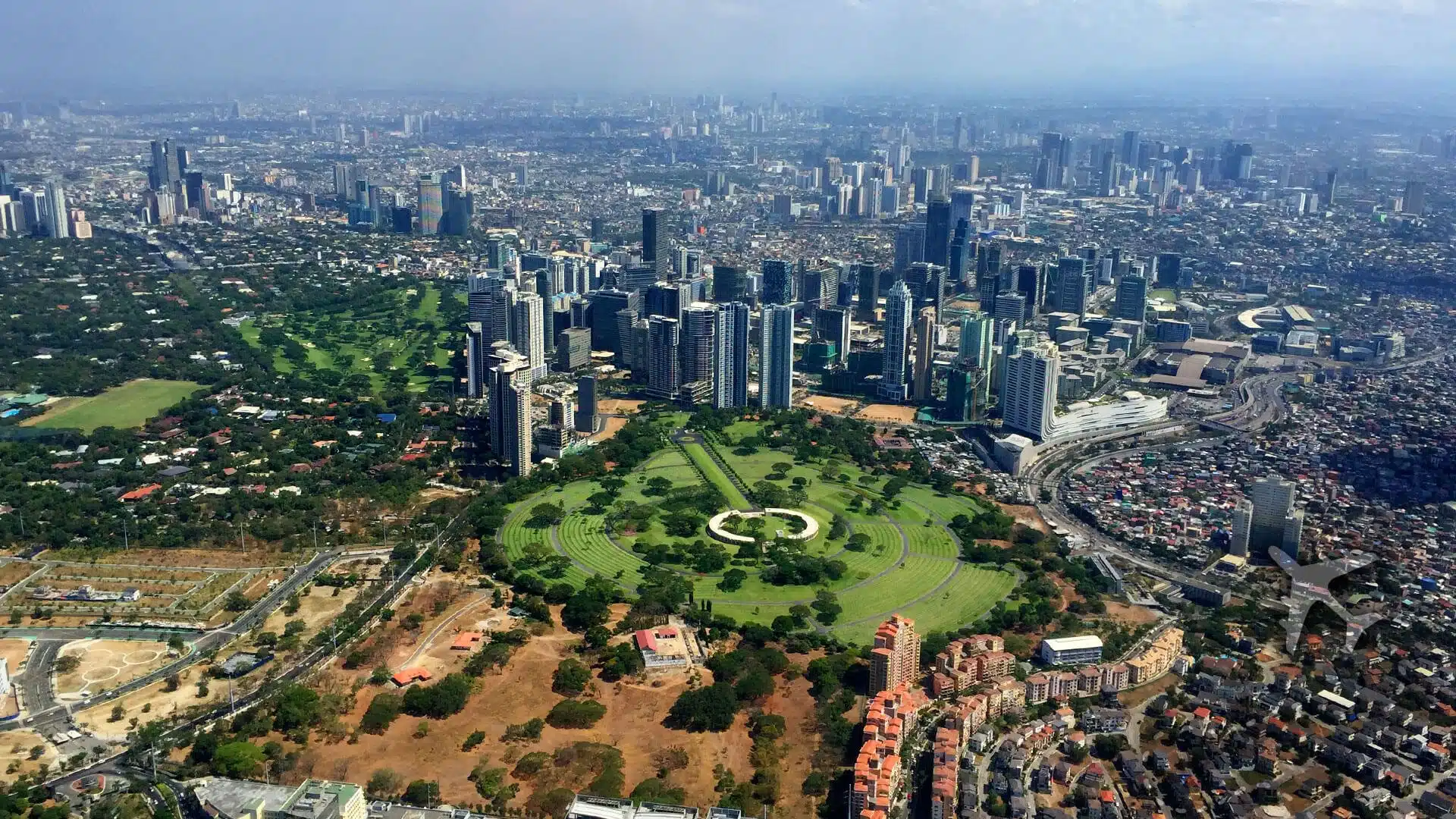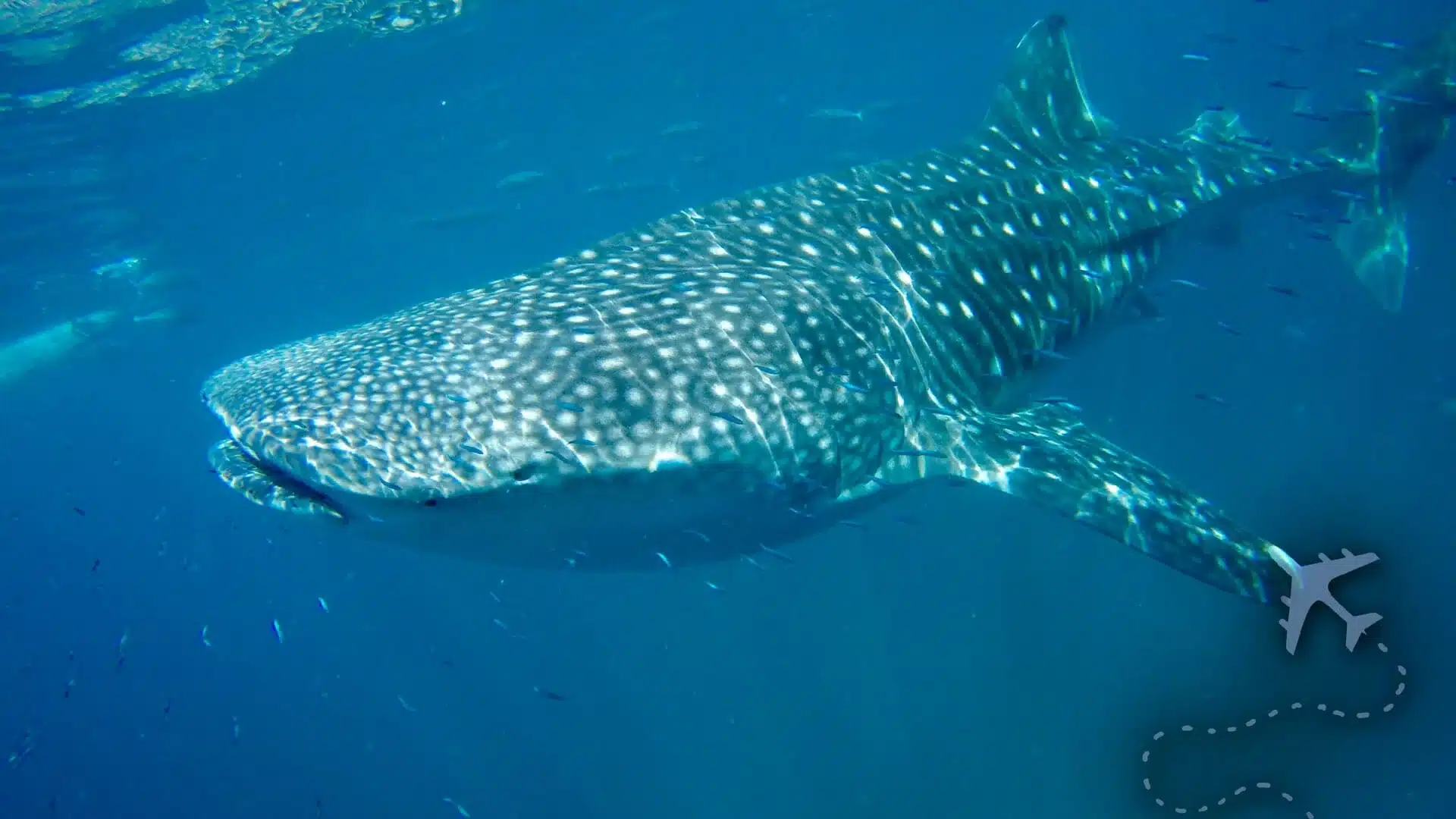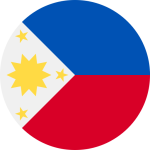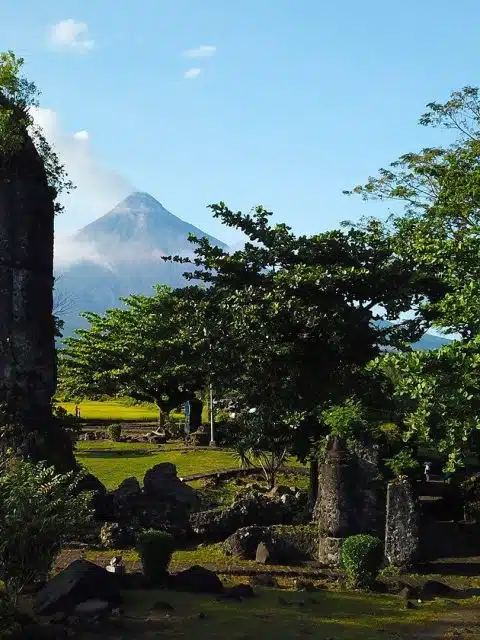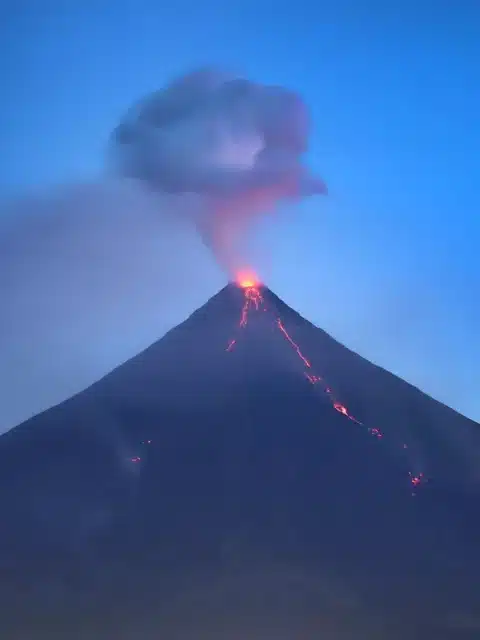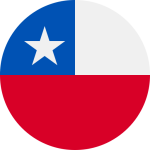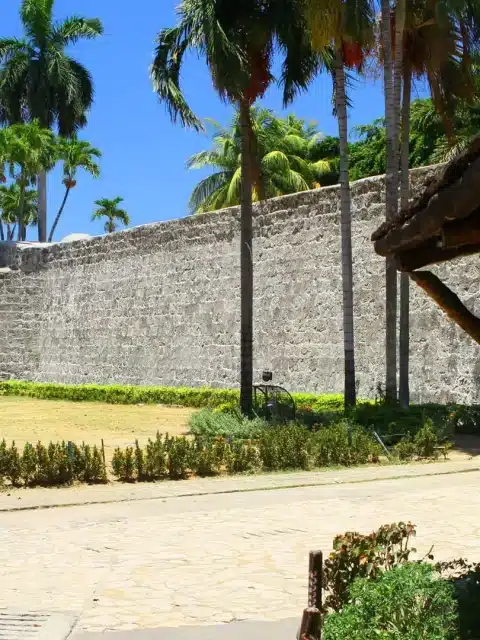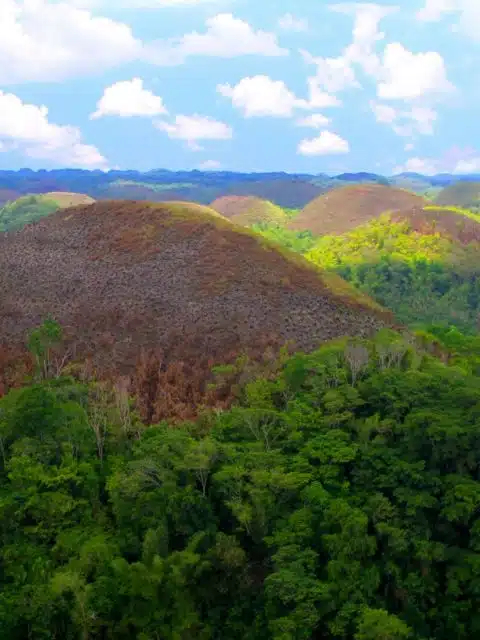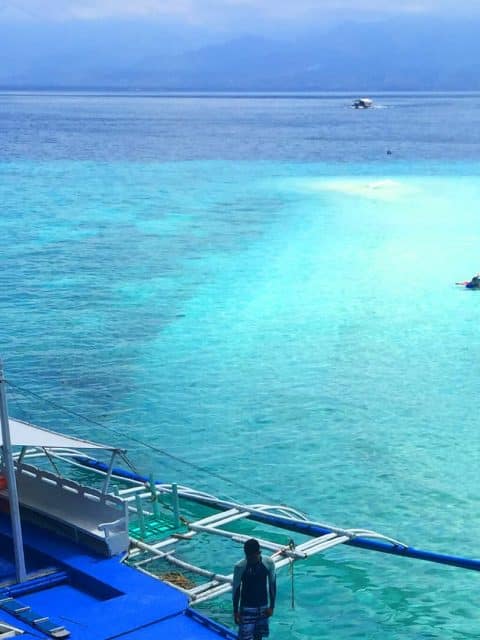Embark on a voyage of discovery in the Philippines, where each island is a vibrant chapter in a tropical paradise. From the pristine beaches of Palawan to the bustling streets of Manila, the Philippines offers an unrivaled tapestry of beauty and culture.
The Philippines is a grouping of 7,000+ islands in the southeastern pacific that is known for its stunning beauty, incredible destinations, and the most helpful people. Each time I visit the Philippines, I leave with a new list of places to come back and visit.
Visiting the Philippines is quite easy as it is a significant destination for almost all airlines throughout the world. For a first-timer visiting the Philippines, the experience may be overwhelming – everything moves fast there, and you have to understand the “big picture” to survive.
Each visit has been a learning experience on how to incorporate local resources while exploring the islands. Below is a list of the most useful information I wish I had on my first visit.
Everything you need to know before you visit the Philippines
CURRENT WEATHER
overcast clouds (28 C / 82 F)AIR QUALITY
Good (38)GPS COORDINATIONS
14.5125, 121.0168
HIGH SEASON (MOST EXPENSIVE)
November – May
LOW SEASON (LEAST EXPENSIVE)
June – October
Planning your trip to the Philippines
While the Philippines has dozens of airports, many of which accept inbound international flights from other ASEAN destinations, Manila’s airport is the primary port of entry for long-haul international flights.
Major international ports of entry

Connecting between terminals at the MNL airport requires fully exiting the airport and taking a taxi to other terminals. It is strongly recommended to budget at least 90 minutes between terminals.
Visitors to the area are greeted with the hustle and bustle of a major Asian population center filled with traffic and non-stop movement of people, cars, and motorbikes. Manila can be overwhelming if you’ve never experienced it before.
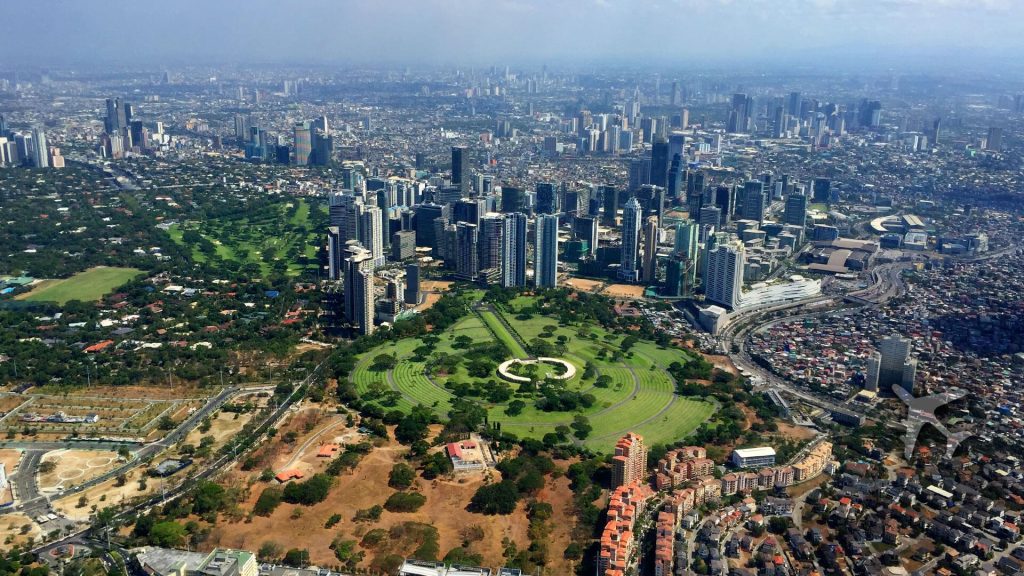
Public Transportation in the Philippines
Moving around the population centers in Jeepneys is challenging to understand but is by far the cheapest and most efficient way to move around. Jeepneys are Jeeps – except stretched and gutted to seat 15-20 people in an almost safe manner. Jeepneys are individually owned and decorated to reflect the owner’s style, religion, or family. You’d be hard-pressed to find two Jeepneys that look the same.
Jeepneys have the lowest overall cost and get you there relatively fast. Much like buses, they have specific routes you need to understand and navigate to get to your destination. You may need to transfer between multiple jeepneys to get to your destination. Jeepneys are usually PACKED with people; it is not uncommon to see people hanging off the back or riding on the roof.
Trikes are probably the fastest and most amusing way to get between local destinations. Trikes are small 50cc motorbikes with a sidecar that has a front cabin and back bench seat. Transportation by trike is also a very inexpensive form of transportation, and since they’re small, they can weave in and out of congested areas.
Buses are the best way to get between towns – they usually depart from the center of town and make stops in most towns on their specific route. The buses are the typical large tour-bus style with air conditioning, but the ride is usually bumpy, and drivers are known for overtaking in some crazy-dangerous situations.
Private Transportation
Motorbikes are the best mode of transportation and can be easily rented. The 120cc bikes are quite fast and make for zipping around the island and overtaking slower drivers a breeze. Unfortunately, the bikes have no storage, so it’s not usable for toting luggage.
A rental car is the most expensive form of transportation, and vehicles are usually available only near a major airport. Driving a car in the Philippines sounds like a great idea, but the poor state of the roads and supporting infrastructure outside of major cities turn a simple task into a white-knuckle shitshow.

Destinations in and around the Philippines
The Philippines Uncensored
Filipinos know the draw of their amazing country and low currency prices, so they’ve designed specific areas, catering to tourists who are used to paying more for goods and services.
Cebu lays claim to the #5 largest shopping mall in the world. Let that sink in – 5,000,000+ square feet of retail therapy on an island where the average local annual salary is USD 5,000 per year. All of the upscale malls target foreign money to bring revenue to the country.
You can buy everything at these upscale malls – even a brand new condo in a modern hi-rise building. All of the touristy areas have the comforts of US-based malls – their goal is to keep spending.
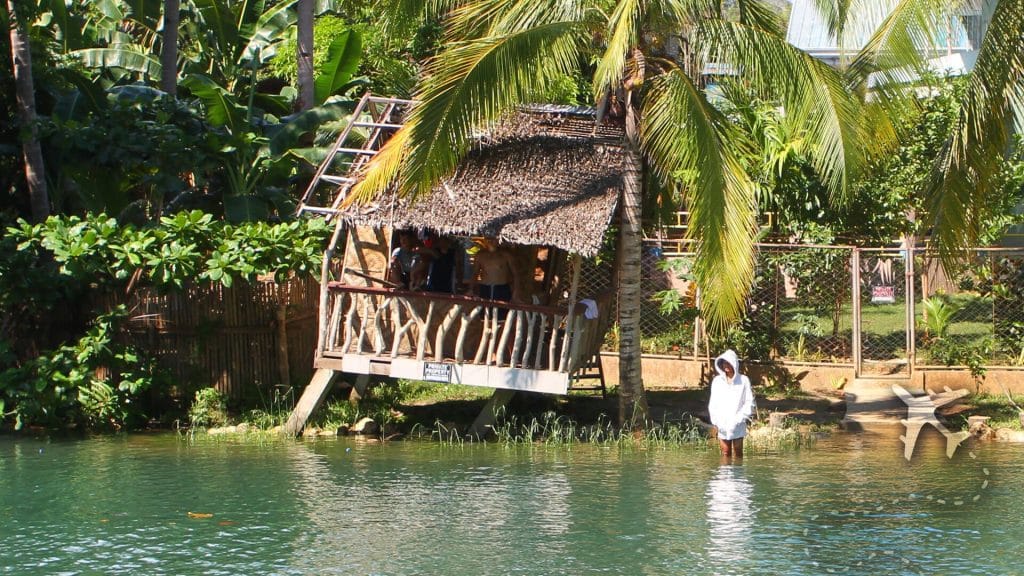
The reality is that the Filipinos counts on revenue of the foreigners as a significant portion of their annual revenue; however, the locals do not shop at the upscale malls. Locals are accustomed to shopping in the markets around town.
Indoor, outdoor, and covered markets are where locals buy food, clothing, and the daily supplies needed to survive. While the overall cleanliness of stores isn’t up to US-based standards, the food you buy is the freshest you’ll ever eat (short if picking it yourself). The fun part of shopping in the local markets is the ability to negotiate on price. While it may sound like a lot to pay 150 Pesos for a pair of sunglasses, that translates to just USD 2.50.
In Conclusion
Spoiler alert: The Philippines has been one of my favorite destinations to visit and come back. With 7,000+ islands to explore, you could spend a life-time there and not see everything this amazing country has to offer.


